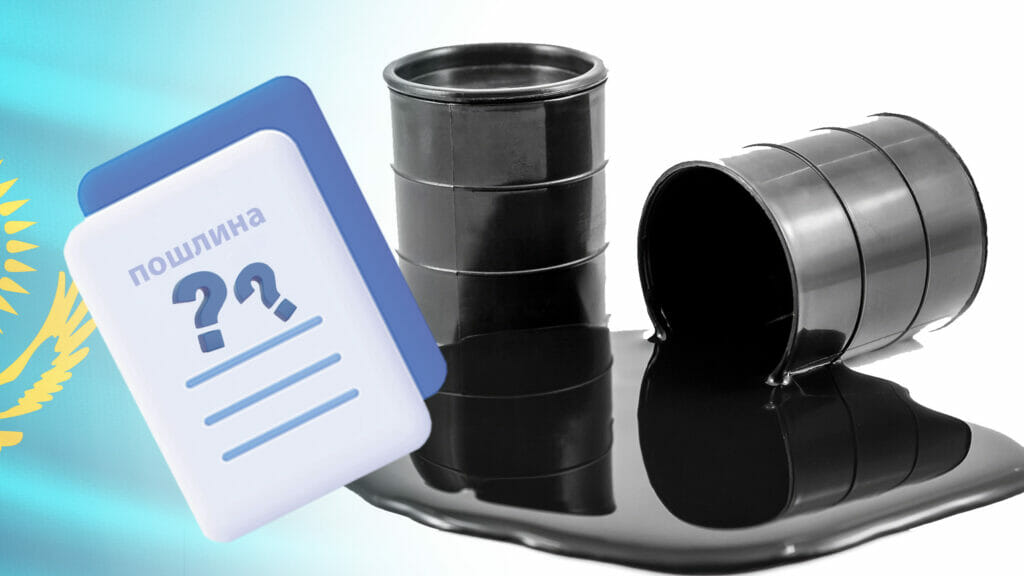Kazakhstan adopts new calculation system for duties on oil

The country has revised the procedure for calculating export duties on oil / Photo: Freepik, Shutterstock
Kazakhstan is going to change its calculating method for the size of the export duties on oil. Minister of Trade and Integration Serik Zhumangarin has already approved the new methodology by his order.
So far, the size of duty on oil is calculated based on the average oil price in the global markets over the previous month. If the price is below $25 per barrel, the duty is not collected. For prices in the range of $25 to $30, a duty is $10 per ton. If the price is about $30 to $35, the duty is $20 per ton. When the average global price goes up by $5 per barrel, the government collects an additional duty on oil for $5 per ton.
If the price of oil is above $100 per barrel, the duty increases from $5 to $15 per ton, and if the price is higher than $145 per barrel, authorities take $16 per ton. Finally, when the oil price is more than $185 per barrel, the government uses a fixed fee of $236 per ton.
The new procedure, described in Zhumangarin’s order, is going to rely on three categories of oil prices. At a price below $25 per barrel, the duty is not collected. For prices ranging from $25 to $100 per barrel, the amount of the fee is determined by multiplying the average market price over the previous month by a correcting factor. However, the document hasn’t provided any hint of how the government is going to calculate this coefficient of correction.
For oil prices above $105 per barrel, the ministry will apply the current differentiated approach with the same rates.
The export duty on oil goes straight to the National Fund and is an integral part of Kazakhstan’s oil and gas revenues. In addition, the country’s government uses export duties to control prices on the domestic market. For instance, the larger size of the duty, the lower the final financial result for an exporter and the price at which he agrees to sell products on the local market.
The order will enter into force on August 26.

